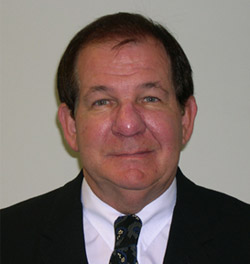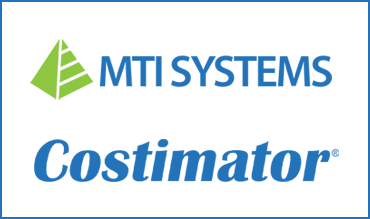-
-
Phone: 413-733-1972
Knowledge is key in Should Cost negotiations
Knowledge is key in Should Cost negotiations
By Tom Charkiewicz - Founder and CTO, MTI Systems, Inc.A challenging global market has most OEMs trying to shave costs wherever possible. One way to do this is with Computer-Aided Cost Estimating (CACE) software, which helps companies understand the real cost of their parts. This is especially valuable when at the parts that OEMs outsource. With the knowledge of a part's true cost, OEMs no longer need to rely on market-priced supplier quotes. CACE software is accurate within 3 to 5% of the actual cost on manufacturing a part. This information gives OEMs significant leverage when negotiating price with suppliers. They can now confidently tell a supplier what they expect to pay for a part and why.
For example, one heavy-equipment manufacturer used CACE to cost out an outsourced chassis part. The software estimated a part cost at $12, compared to the $20 they were paying. When the existing supplier refused to lower their price, the manufacturer sent out RFQs to several other suppliers, using the $12 figure as a target price. The winning bid was $11.75, resulting in a savings of $8.25 per part or an annual savings of $66,000.
 Conversely, contract manufacturers can also benefit from CACE when negotiating with their OEM customers. Detailed cost estimates help justify the quotes they submit and demonstrate the degree of profitability in a job. In fact, when the OEM and the supplier use the same estimating system, adapting a "standard estimating language," it streamlines the RFQ and purchasing process, benefiting both.
Conversely, contract manufacturers can also benefit from CACE when negotiating with their OEM customers. Detailed cost estimates help justify the quotes they submit and demonstrate the degree of profitability in a job. In fact, when the OEM and the supplier use the same estimating system, adapting a "standard estimating language," it streamlines the RFQ and purchasing process, benefiting both.
CACE also utilizes recent advances such as shop-rate calculators that provide users of the software with shop rates (including labor and burden) in both the U.S. and abroad. These shop rates, when attached to the estimated manufacturing cycle times, generate the true cost of manufacturing a part.
Some CACE systems also provide a method for feature-based estimating, allowing design engineers to estimate the cost of parts based on its features. This allows designers to consider costs and manufacturing feasibility before designs move into production. Likewise, manufacturing engineers can find the most productive, cost-effective ways to make parts. Quality-control departments may use the information to build process-plan procedures for gaining ISO 9000 certification.
Since CACE provides in-depth comparison data of machine times and costs, it can significantly aid in the decision-making process when evaluating major equipment purchases.
CACE systems can front-end manufacturing-management systems. Data on machine and labor times, along with shop-floor routing information, can be electronically transferred to MRP2 and enterprise systems. This eliminates data entry duplication, making the planning process faster and more accurate.
In a nutshell, CACE provides the knowledge needed to lower costs and increase efficiency, profitability and ultimately, competitiveness. But remember, cost isn’t the only issue to consider when designing parts and evaluating suppliers. CACE is no substitute for due diligence. Quality matters as well.

Costimator®
Cost Estimating Software for Manufacturing
-
Cost Estimating Sheet Metal
-
Estimating for Machined Parts
-
Quoting for Machining and Fabrication




